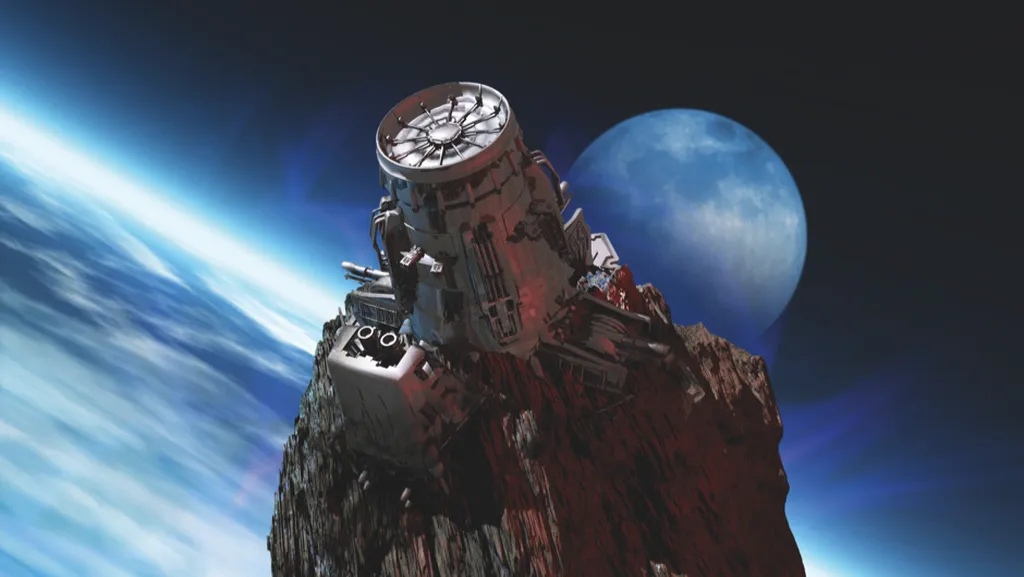Joel Sercel, CEO and founder of space technology company TransAstra, envisions a future where asteroid mining becomes as transformative as the steamboats, transcontinental railroad, or smartphones. He anticipates a “massive gold rush” to asteroid mining, with the first actor gaining a significant, lasting advantage. TransAstra is positioning itself to be at the forefront of this potential boom.
In 2019, TransAstra partnered with NASA to build MiniBee, a prototype demonstrating technology to harvest resources from asteroids using concentrated sunlight, a process dubbed Optical Mining. Over the past decade, space-focused companies have identified about 15,000 asteroids with mining potential. Sercel notes that the cost of space launches to low Earth orbit has dramatically reduced, driven by innovations like reusable rockets from SpaceX. With launch costs expected to plummet to hundreds of dollars per kilogram in the near future, Sercel sees exciting possibilities unfolding.
This fall, a space launch will deliver a TransAstra capture bag to the International Space Station (ISS) to secure space junk and prepare for future asteroid capture methods. TransAstra envisions mining fuel and mineral sources in space using in-situ resource utilization (ISRU), which involves collecting, processing, and utilizing materials found on other celestial bodies. This approach could enable spacecraft and crews to create resources like oxygen, water, fuel, and construction materials on-site, reducing the need to ship extra supplies. Propellant for rockets, structural materials for radiation shields, and semiconductors could all be harvested from asteroids. However, Sercel cautions that bringing platinum group metals back to Earth in a cost-effective manner “is not a near-term prospect.”
Meanwhile, startup AstroForge is aiming to do just that. Despite losing contact with its first deep-space mission, Odin, in February, the company remains optimistic. AstroForge plans to launch Vestri next year, a spacecraft intended to land on a metal asteroid rich in iron, nickel, and precious metals. If successful, AstroForge expects to begin mining asteroids at a high cadence, extracting materials with a laser-based process and bringing them back to Earth. Matt Gialich, co-founder and CEO of AstroForge, compares the potential of asteroid mining to the transformation of aluminum from a precious metal to a ubiquitous one. He envisions replacing the Earth-based supply of critical minerals with a space-based approach.
NASA, while not directly involved in asteroid-mining efforts, has participated in numerous ISRU studies and experiments. The Artemis missions, designed to return humans to the moon, are accelerating interest in technology and techniques for resource extraction. NASA’s OSIRIS-REx mission collected a sample from the asteroid Bennu containing nitrogen-rich material and evidence of water elements, highlighting the potential of asteroids in understanding the building blocks of Earth. Additionally, NASA is focused on extracting resources from regolith, the loose dust and minerals covering the moon and asteroids, to support terrestrial life.
The developments in asteroid mining could significantly shape the future of the mining sector. As technology advances and costs decrease, the feasibility of extracting valuable resources from asteroids increases. This could lead to a new era of space-based resource utilization, reducing dependence on Earth’s finite resources and opening up new economic opportunities. The race to asteroid mining is heating up, and the first movers could gain a substantial advantage, potentially reshaping the mining industry for decades to come. The interplay between private companies like TransAstra and AstroForge, and space agencies like NASA, will be crucial in driving innovation and achieving milestones in this burgeoning field.

